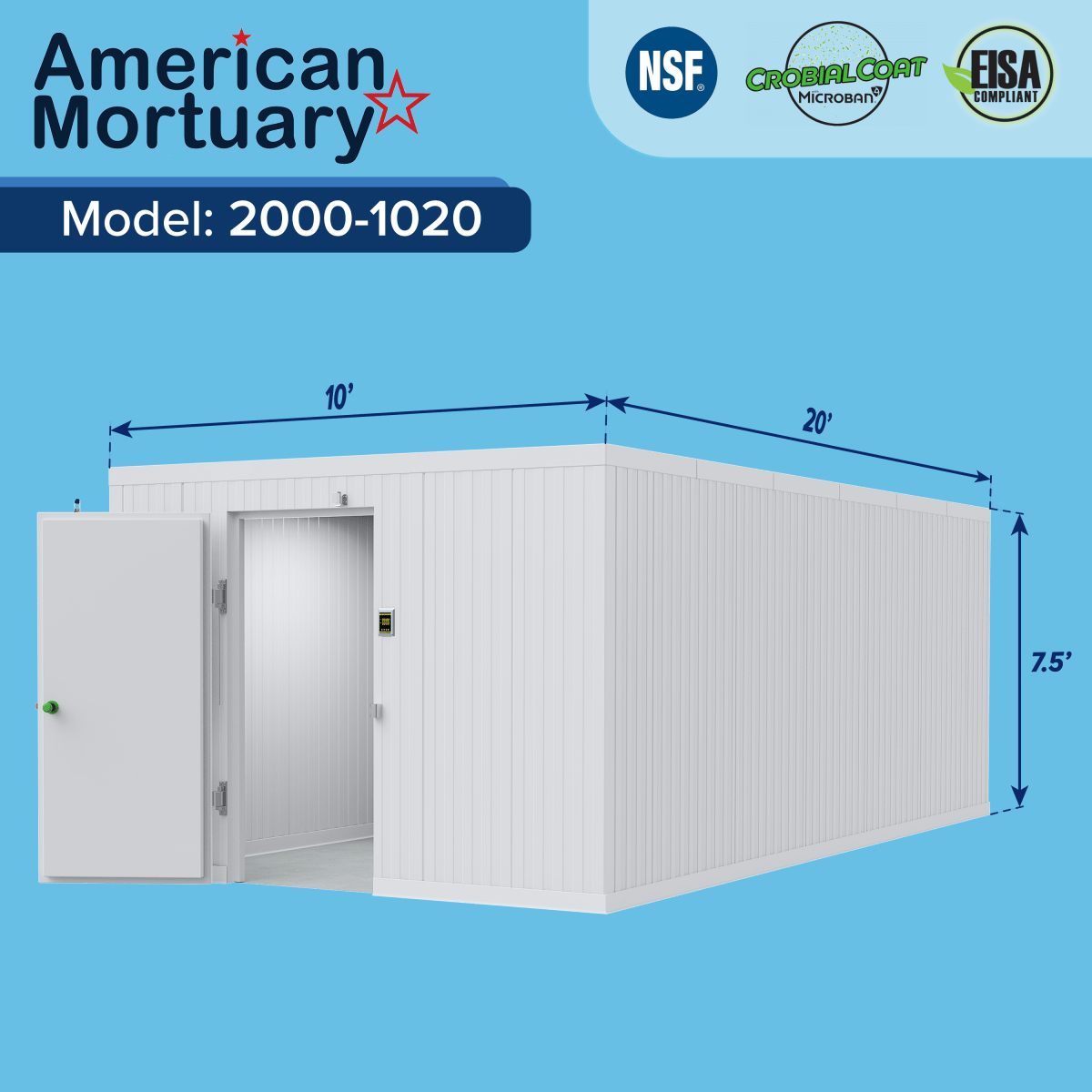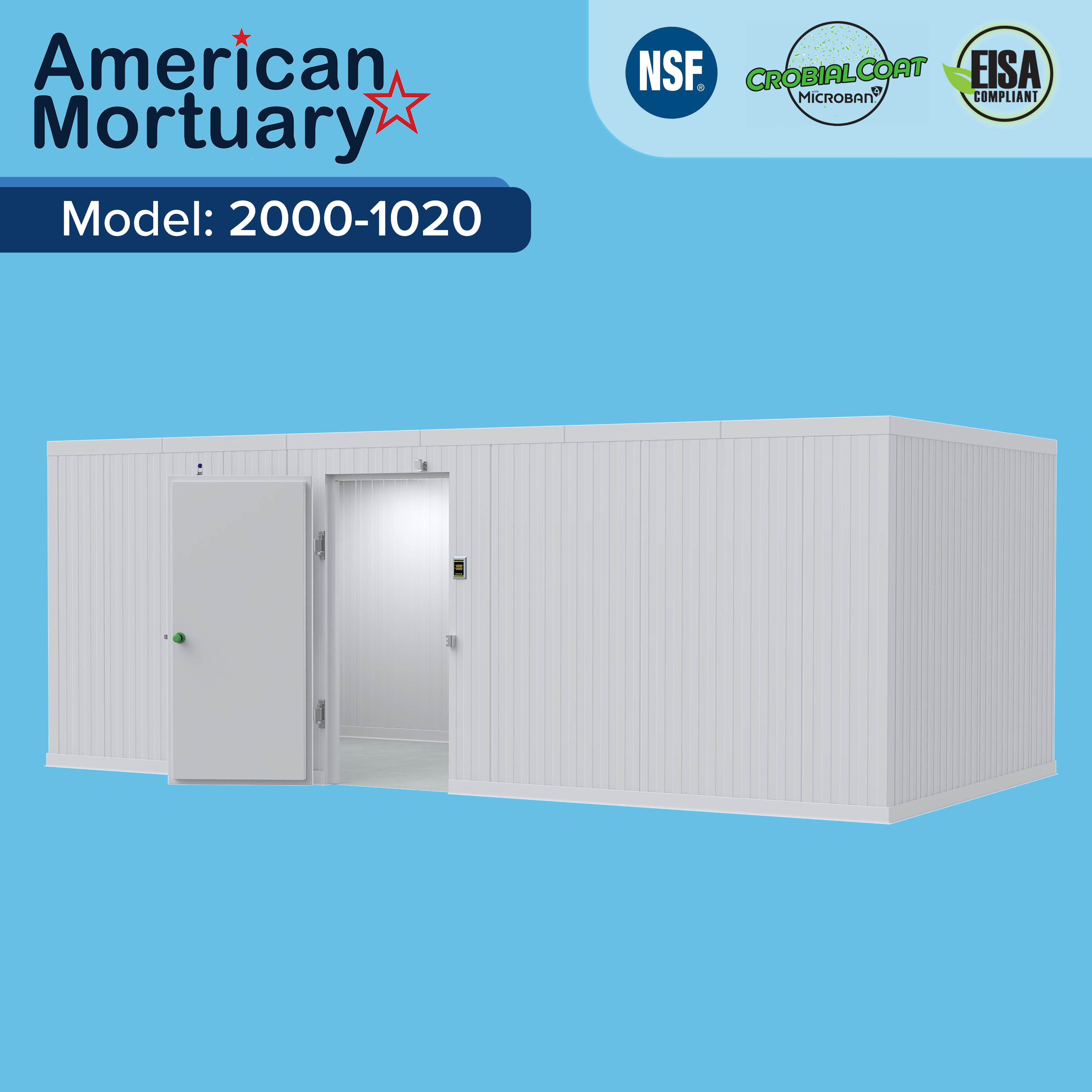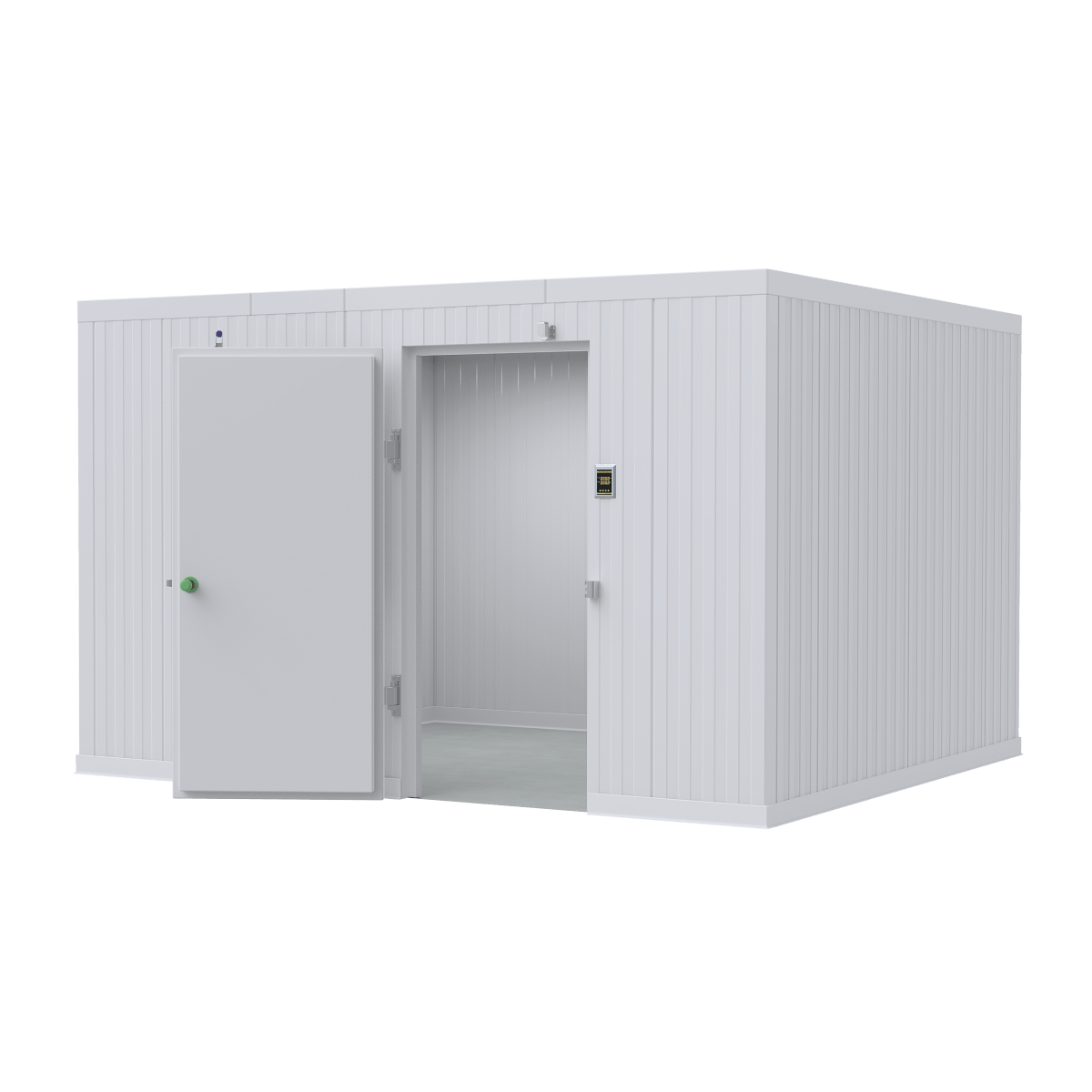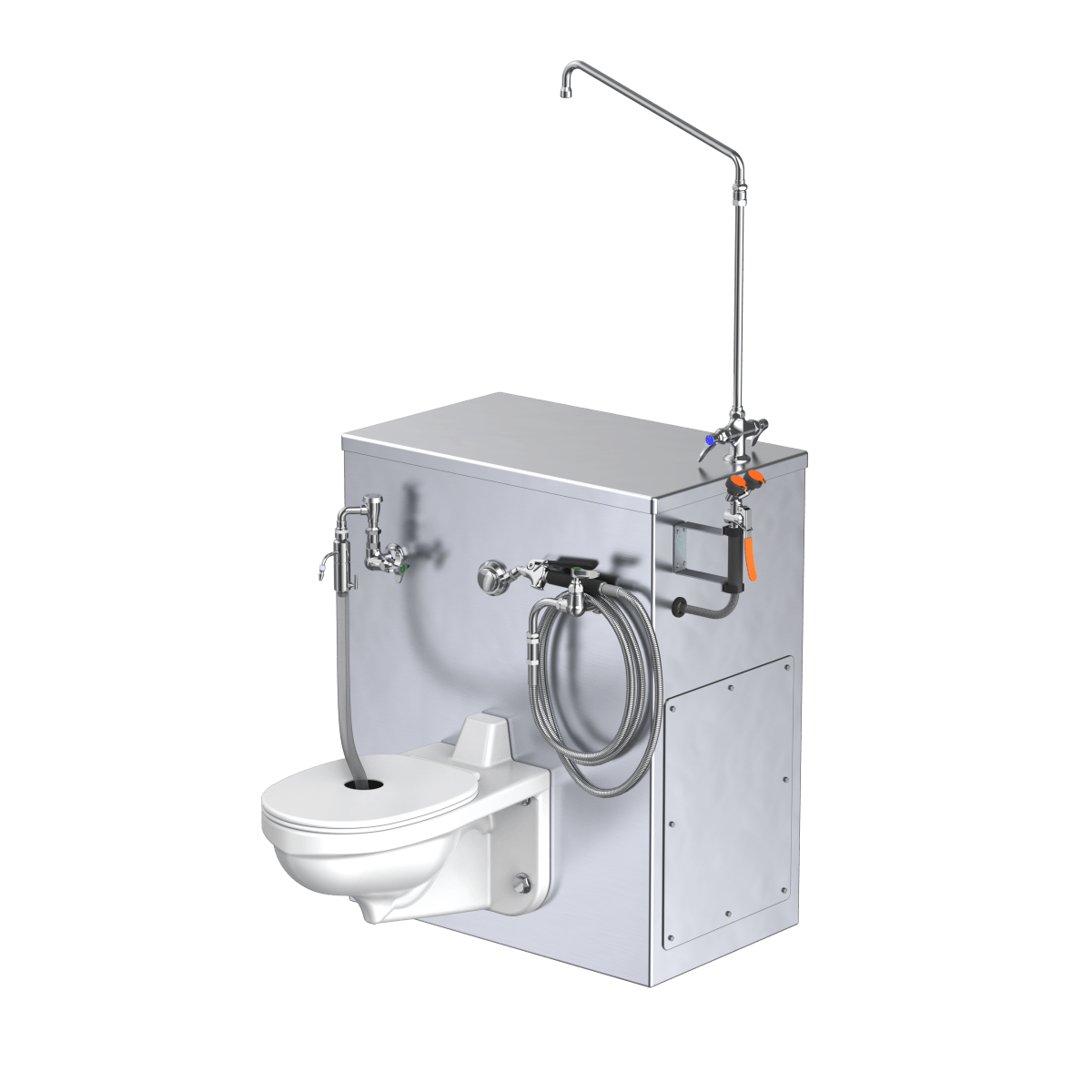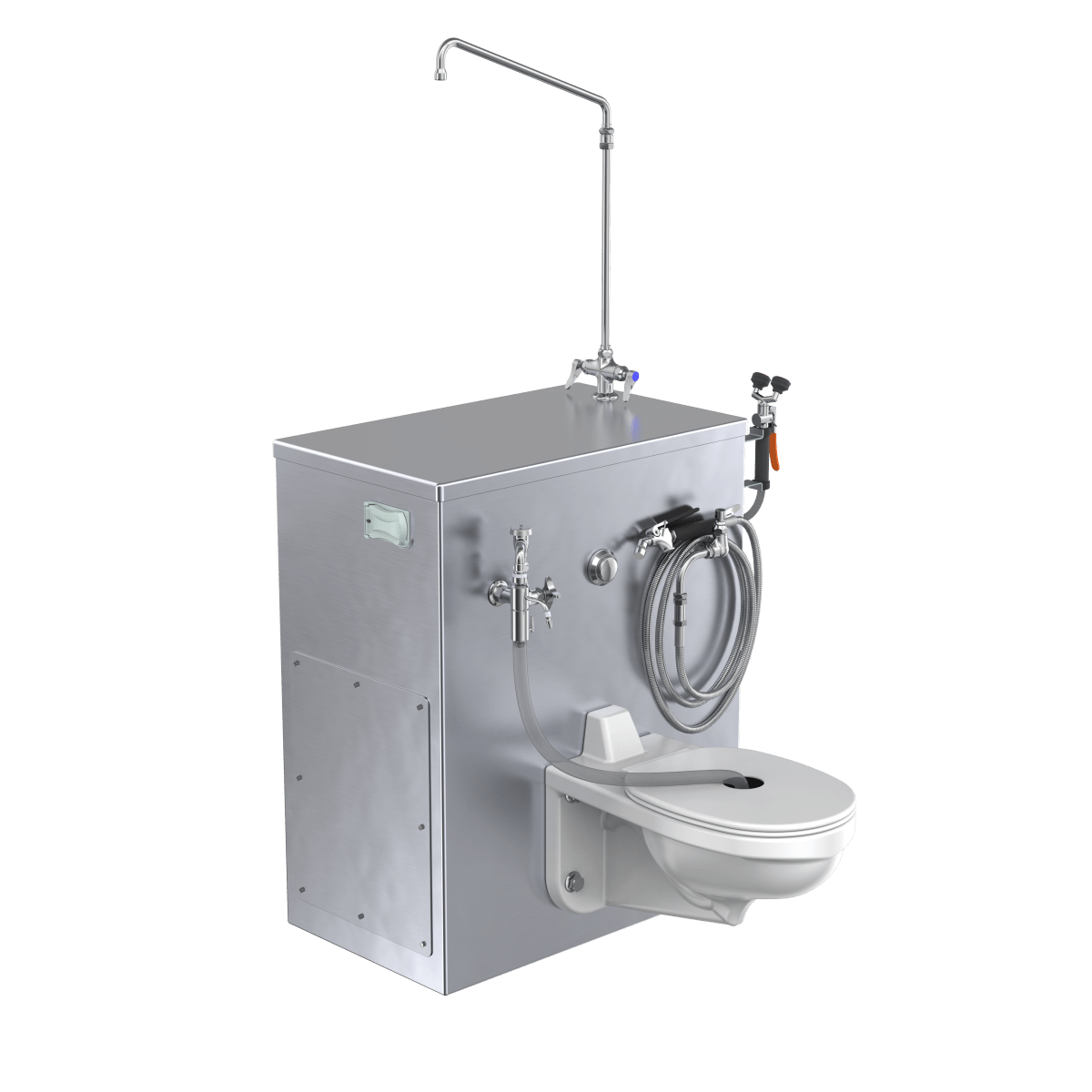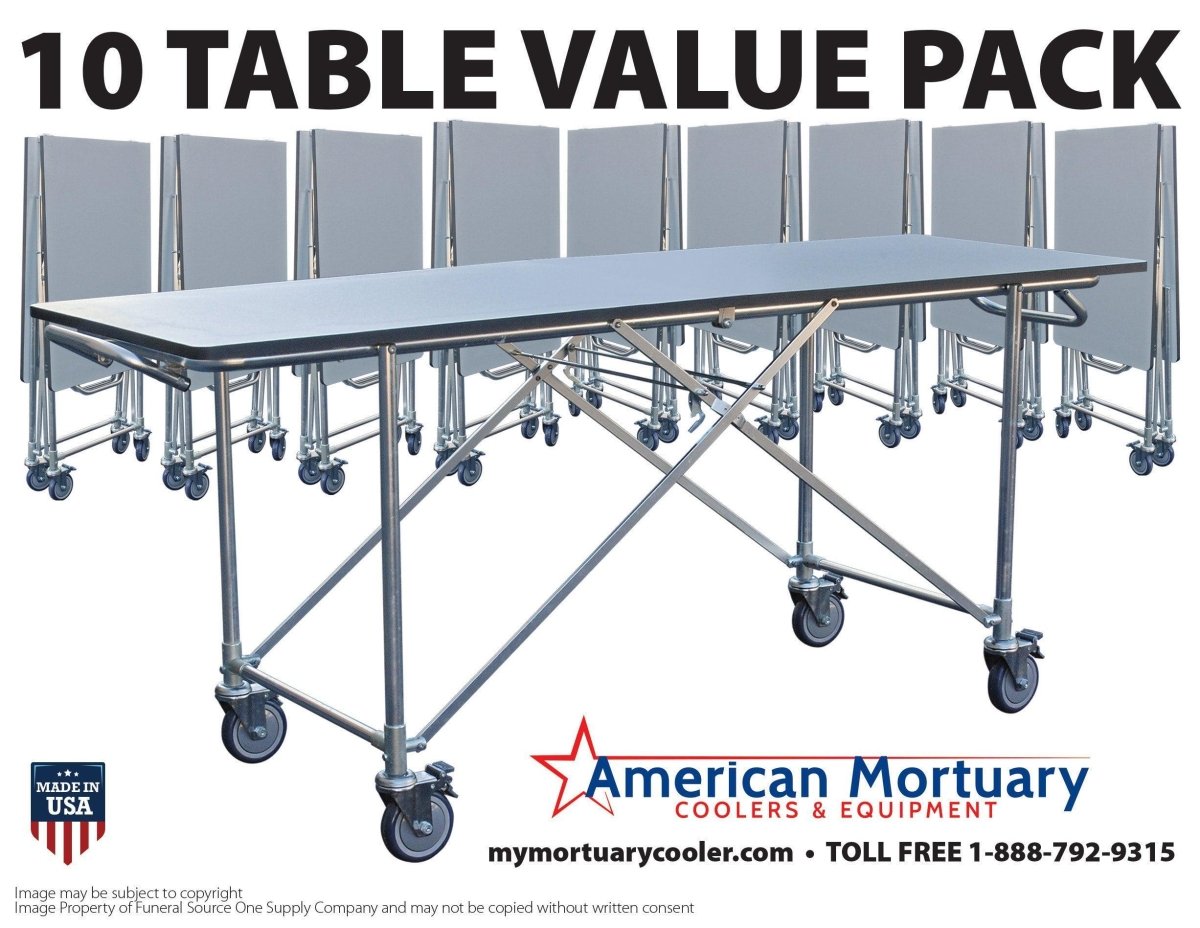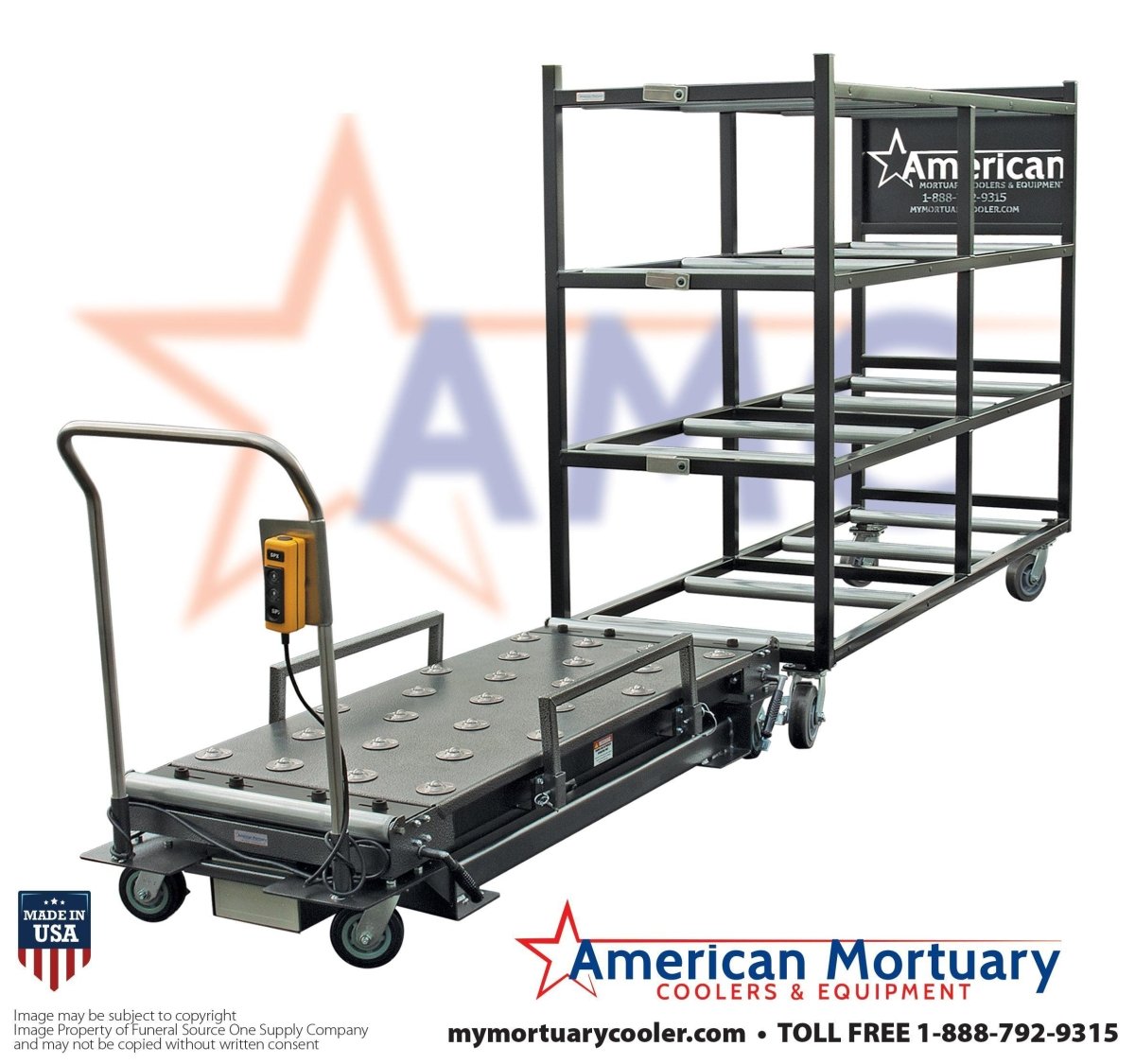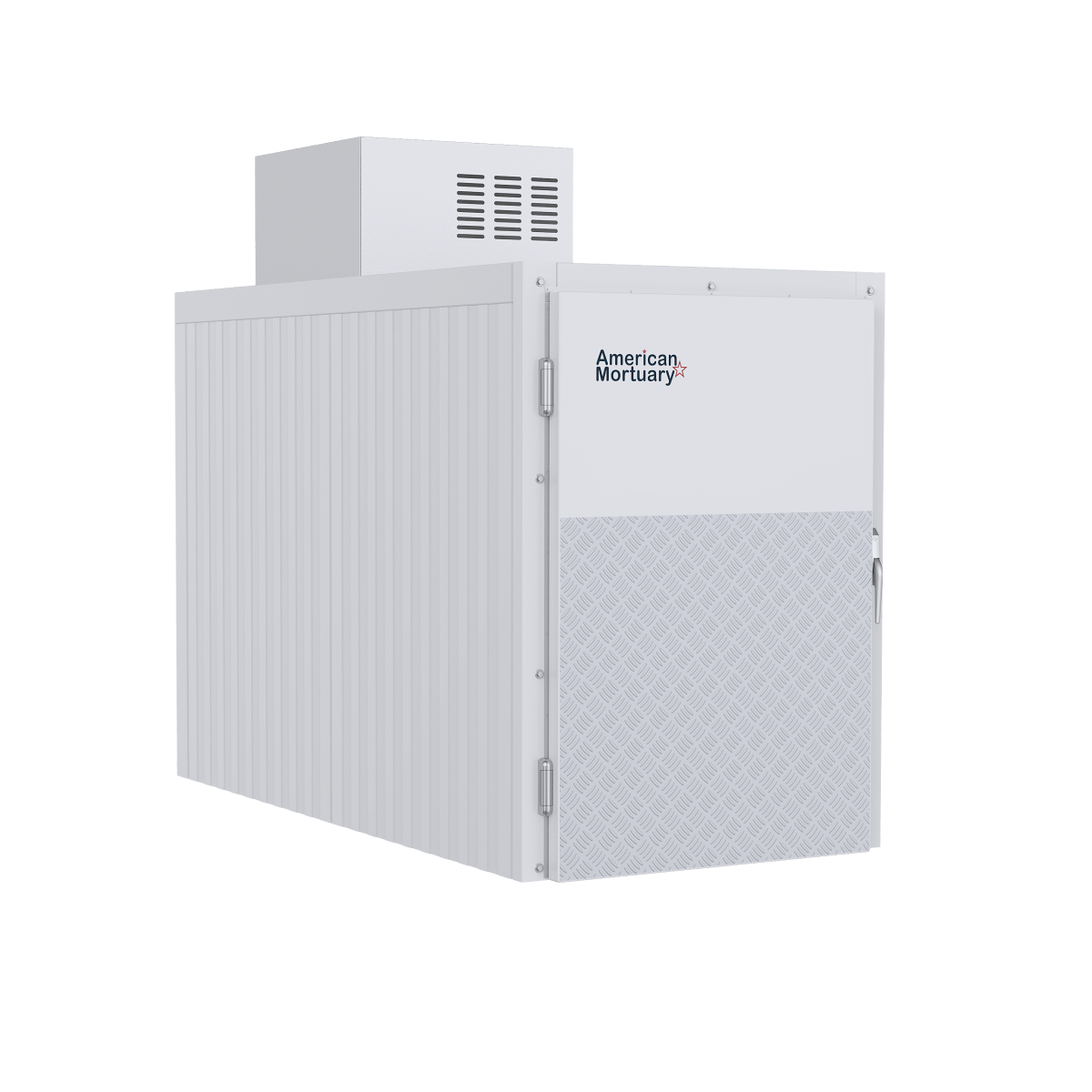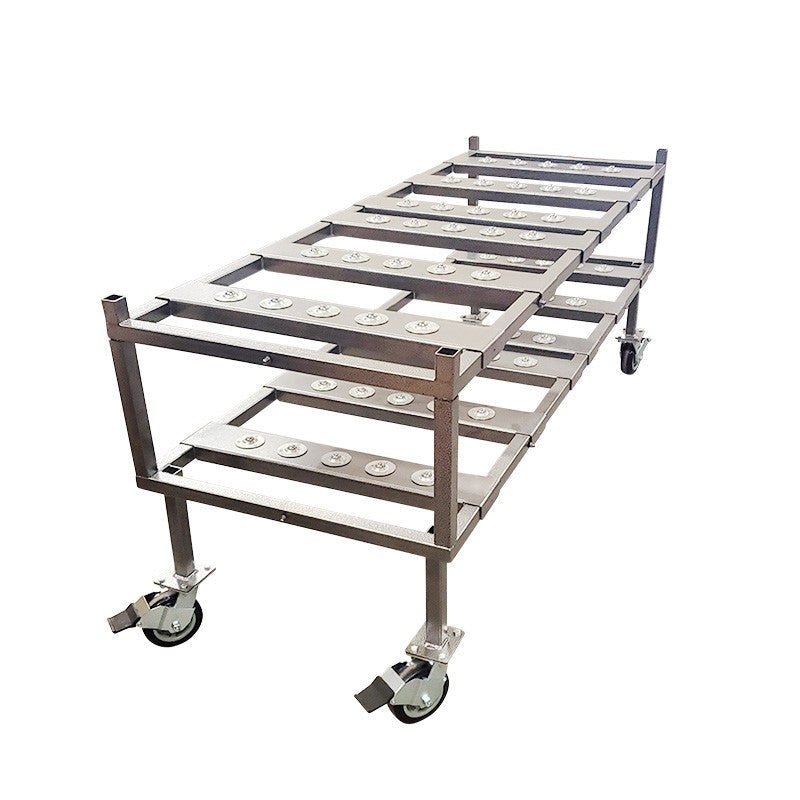The embalming room represents the heart of funeral home operations. It's where skilled professionals transform remains, restore appearance, and prepare loved ones for family viewing and services. Yet despite the critical importance of this space, many funeral homes operate with outdated, inadequate, or poorly selected embalming tables that compromise the professionalism of their work, create operational challenges, and undermine staff safety and efficiency.
Professional embalming tables are far more than simple work surfaces. They're engineered systems that support the intricate, precise work of professional embalmers while maintaining proper body positioning, facilitating drainage and sanitation, and enabling efficient workflow. The right embalming table transforms preparation work from a physically demanding challenge into a safe, efficient, professional process that produces exceptional results.
Yet many funeral home operators and embalming professionals are unaware of the distinctions between professional mortuary embalming tables and generic medical or laboratory surfaces. Some facilities have inherited aging equipment from decades past, never considering modern alternatives. Others have invested in inappropriate work surfaces that don't adequately support embalming operations. Still others operate without understanding how proper embalming tables enhance quality of work, improve staff efficiency, and increase profitability.
This comprehensive guide addresses every aspect of professional embalming tables: what distinguishes quality mortuary preparation equipment, how different designs serve various facility needs and embalming styles, what specifications matter most for professional results, how to select the right table for your facility, proper installation and maintenance, regulatory compliance requirements, and why investing in professional embalming tables delivers substantial benefits to work quality, efficiency, and staff satisfaction.
Understanding Embalming Tables: The Foundation of Professional Preparation Work
Embalming tables are specialized work surfaces designed specifically for the complex preparation and restoration work that professional funeral service requires. Unlike general medical tables or laboratory surfaces, professional mortuary embalming tables integrate multiple specialized features enabling efficient, professional body restoration.
The engineering requirements for embalming tables differ fundamentally from other work surfaces. Standard hospital tables are designed for patient examination or medical procedures—environments where the patient can communicate about comfort and position. Laboratory work tables must support scientific equipment and sample handling. Embalming tables must facilitate intricate restoration work on deceased individuals, supporting professional techniques while enabling efficient drainage, sanitation, and precise body positioning.
Professional embalming tables address unique challenges: embalmers work extended periods in focused positions, requiring ergonomic work surfaces preventing back strain and fatigue. Embalming involves fluid drainage requiring proper sloping, channeling, and sanitation. Bodies vary in size and condition, requiring flexible positioning and support systems. Work must maintain professional appearance and dignity while enabling efficient access for restoration work. Integration with refrigeration and storage areas requires proper transitions and workflow coordination.
The distinction matters significantly. Inadequate embalming tables force embalmers into uncomfortable positions, reducing work quality and creating staff fatigue and injury risk. Poor drainage creates sanitation challenges and odor problems. Inappropriate surfaces complicate restoration work. Inadequate positioning creates body stability problems. These issues cascade, affecting work quality, staff efficiency, staff satisfaction, and ultimately facility reputation.
Professional embalming tables eliminate these compromises. They enable comfortable, precise restoration work. They facilitate proper drainage and sanitation. They support flexible body positioning for all body types and conditions. They integrate seamlessly with mortuary operations. They project professionalism to families. They transform preparation work from a challenging task into an efficient, professional process producing exceptional results.
Types of Embalming Tables: Matching Equipment to Facility Needs
Different facility types and embalming styles require different embalming table configurations.
Hydraulic Embalming Tables: These traditional work surfaces feature hydraulic lift mechanisms enabling vertical height adjustment. Embalmers can raise or lower the work surface to comfortable working height, reducing strain during extended preparation work. Hydraulic embalming tables are reliable, durable, and excellent for full-service funeral homes with traditional embalming practices.
Electric Embalming Tables: Modern electric embalming tables offer smoother, quieter operation than hydraulic alternatives. Electric lift mechanisms operate reliably in refrigerated environments, include multiple positioning presets enabling quick height adjustment between different tasks, and often include additional features like integrated drainage and temperature control.
Fixed-Height Embalming Tables: Some facilities prefer stationary tables at optimized working height. Fixed-height embalming tables reduce cost and maintenance requirements while providing stable, reliable work surfaces. These work well in facilities with standard-height staff or dedicated embalming specialists with consistent requirements.
Multi-Purpose Preparation Tables: Modern funeral homes sometimes employ flexible work surfaces serving both embalming and other preparation functions. These versatile tables reduce facility space requirements while maintaining professional capability.
Integrated Storage and Preparation Systems: High-end embalming facilities increasingly integrate storage directly with preparation surfaces. These comprehensive systems combine refrigerated body storage immediately adjacent to embalming work surfaces, minimizing body transition time and improving workflow efficiency.
Portable and Temporary Embalming Solutions: Some facilities require mobile embalming capability for disaster response, temporary locations, or supplemental capacity. Portable embalming tables provide professional-grade work surfaces in mobile configurations.
Bariatric Embalming Tables: Facilities serving larger bodies require heavy-duty embalming tables with weight capacity exceeding 500 pounds and work surfaces accommodating larger body dimensions. These specialized tables ensure professional service regardless of body size.
Stream Table Embalming Systems: Advanced facilities employ continuous-flow stream table systems enabling water circulation during embalming work, facilitating drainage and cleaning while work proceeds. These premium systems optimize efficiency for high-volume operations.
Critical Specifications: Selecting Professional Embalming Tables
Choosing appropriate embalming tables requires understanding specifications determining work quality, efficiency, and staff safety.
Work Surface Dimensions and Height Adjustment: Embalming tables must provide adequate work surface accommodating typical and larger bodies, support comfortable working height for staff of varying heights, and enable precise height adjustment between different preparation tasks. Standard embalming tables range 6-8 feet long, 2.5-3 feet wide, with adjustable height from 24-36 inches.
Weight Capacity and Structural Support: Tables must safely support typical body weight (150-300 pounds) plus any casket, covers, or positioning devices. Heavy-duty tables support 500-1000+ pounds for larger bodies. Structural support must prevent flexing, wobbling, or instability that compromises work quality and safety.
Surface Material and Finish: Embalming table surfaces must be constructed from non-porous, corrosion-resistant materials enabling thorough sanitation. Stainless steel is preferred for durability and easy cleaning. Epoxy-coated surfaces work well if properly maintained. Surface finish should be smooth, sealed, and resistant to staining and discoloration.
Drainage System and Slope: Professional embalming tables feature integrated drainage systems with proper floor slope directing fluids away from work areas. Channeling systems direct drainage efficiently. Drainage should integrate with facility plumbing systems for seamless operation.
Body Positioning and Support: Tables should enable flexible body positioning with adjustable support arms, head rests, and positioning aids. Positioning systems should support comfortable access for restoration work while maintaining proper body alignment and support.
Hydraulic and Mechanical Reliability: Hydraulic systems should use cold-rated fluids performing reliably in refrigerated environments. Mechanical components should be durable and resistant to corrosion from embalming fluids and frequent sanitation. Reliability is essential—equipment failure during active preparation creates operational disruption.
Electrical Integration and Safety: Electric embalming tables require proper electrical service, safety disconnects, and grounding. Electrical systems should be designed for mortuary environments with moisture, temperature variations, and frequent cleaning.
Ease of Operation and Maintenance: Controls should be intuitive, enabling embalmers to adjust height and position without interrupting work. Maintenance should be straightforward with readily available parts. Design should facilitate thorough cleaning and sanitation.
Sound and Vibration: Professional embalming tables operate quietly and smoothly. Excessive noise or vibration distracts from precision work and creates unprofessional environment.
Sanitation and Cleanliness: Embalming tables must support thorough sanitation between bodies. Surfaces must be smooth and non-porous. All crevices must be accessible for cleaning. Antimicrobial coatings prevent bacterial growth.
Design Considerations: How Embalming Tables Integrate with Facility Operations
Professional embalming tables don't function in isolation—they're designed to work seamlessly with complete embalming preparation areas and mortuary operations.
Integration with Preparation Room Layout: Embalming tables should be positioned for optimal workflow: convenient access from storage areas, proper positioning for drainage, adequate space for embalmers to work comfortably, and proximity to supply storage and sanitation stations.
Storage and Refrigeration Coordination: Bodies must transition efficiently from refrigerated storage to embalming tables and back to storage if needed before service. Proper table positioning facilitates these transitions minimizing body repositioning.
Supply and Equipment Access: Embalming requires various fluids, tools, and supplies. Table positioning should enable convenient access to supplies and equipment while maintaining organized, professional appearance.
Drainage Integration: Embalming tables must integrate with facility drainage systems. Proper slope, adequate drain size, and integration with plumbing infrastructure ensure efficient drainage.
Lighting and Work Environment: Proper lighting is essential for restoration work. Embalming areas should include overhead and task lighting enabling precise color matching and detailed restoration work.
Staff Safety and Ergonomics: Table height, positioning, and support should enable embalmers to work comfortably without back strain, shoulder strain, or repetitive stress injuries. Professional work surfaces support proper ergonomics.
Professionalism and Family Perception: While families don't typically see embalming areas, staff and visitors sometimes glimpse preparation rooms. Professional equipment projects competence and respect.
Compliance and Sanitation: Integration with facility sanitation systems and drainage enables regulatory compliance. Proper design supports health department standards and licensing requirements.
Installation, Setup, and Proper Positioning of Embalming Tables
Correct installation determines whether embalming tables perform optimally and integrate seamlessly with facility operations.
Site Assessment and Preparation: Professional installation includes thorough facility evaluation: floor level and slope for proper drainage, wall space for table positioning, drainage connection feasibility, electrical requirements, and workflow analysis.
Structural Foundation: Embalming tables require solid, level installation. Uneven or soft flooring creates instability. Professional installation ensures proper foundation supporting safe, stable operation.
Drainage Integration: Professional installation includes proper integration with facility plumbing. Sloped flooring or table positioning should direct drainage efficiently. Drain lines should be sized appropriately and slope toward main drainage.
Electrical Integration: Electric tables require proper electrical service: dedicated circuits, appropriate voltage, safety grounding, and emergency shutoff capability. Professional electrical installation ensures safety and reliability.
Equipment Adjustment and Testing: After installation, embalming tables must be adjusted for optimal performance: height positioning for typical staff, hydraulic or electric systems tested under load, positioning mechanisms verified for smooth operation, and drainage tested for proper function.
Safety Verification: Before accepting installation, embalming tables should undergo safety verification: load testing with rated weight, stability testing under various positions, electrical safety inspection (electric tables), and proper operation of all positioning mechanisms.
Staff Training: Comprehensive training ensures embalmers understand proper operation, safety procedures, maintenance requirements, and optimal positioning techniques. Proper training maximizes equipment effectiveness and longevity.
Documentation: Professional installation includes detailed documentation: table specifications, maintenance procedures, warranty information, emergency protocols, and safety features.
Compliance and Regulatory Standards for Embalming Tables
Embalming tables are subject to regulatory requirements at multiple levels.
State Funeral Service Licensing: Most states regulate funeral service operations, including embalming practices and facility standards. Professional embalming tables must support state licensing requirements. Requirements vary by state but typically address sanitation, drainage, and professional standards.
Health Department Standards: State and local health departments establish standards for facility sanitation and drainage. Embalming tables must support these standards through proper construction, materials, and drainage integration.
Building and Plumbing Codes: Installation must comply with local building codes establishing structural support, electrical safety, and plumbing requirements. Professional installation ensures compliance with all applicable codes.
OSHA Workplace Safety Standards: Embalming tables must support safe working conditions. Proper height adjustment, stable positioning, adequate space, and ergonomic design prevent workplace injuries.
Bloodborne Pathogen Standards: OSHA Bloodborne Pathogen Standard applies to mortuary operations. Embalming tables must support proper procedures preventing exposure. Sanitation, drainage, and safe practices are essential.
Universal Precautions: Proper embalming table design supports universal precautions preventing exposure to bloodborne pathogens. Non-porous surfaces, proper drainage, and sanitation capability are essential features.
Common Problems with Embalming Tables and Solutions
Understanding common issues helps facilities select appropriate equipment and address problems effectively.
Inadequate Height Adjustment: Fixed-height tables that don't match staff heights or work requirements create back strain and fatigue. Solutions include adjustable tables or height-appropriate positioning aids.
Poor Drainage and Sanitation Issues: Tables with inadequate drainage create standing water, odors, and bacterial growth. Solutions include proper drainage integration, adequate drain size, and regular maintenance.
Unstable or Wobbling Work Surfaces: Poorly constructed or installed tables flex or wobble, compromising work quality and creating safety concerns. Solutions include proper installation, structural reinforcement, or replacement with quality tables.
Uncomfortable Positioning: Tables without adequate positioning adjustments force embalmers into uncomfortable positions. Solutions include positioning aids, table repositioning, or upgrade to flexible tables.
Corrosion and Deterioration: Inferior materials or inadequate maintenance cause premature corrosion and deterioration. Solutions include stainless steel or properly coated materials, and regular maintenance.
Mechanical Failures: Hydraulic or electric systems fail due to poor maintenance or cold-temperature issues. Solutions include cold-rated fluids, proper maintenance, or electric systems for refrigerated environments.
Integration Problems: Tables that don't coordinate with storage, drainage, or workflow create operational challenges. Solutions include repositioning, drainage modification, or upgrading to integrated systems.
Evaluating Embalming Table Providers: Expertise and Quality Matter
Selecting quality embalming tables requires evaluating providers carefully.
Mortuary Industry Specialization: Providers specializing exclusively in mortuary equipment understand funeral service needs better than generalists. Specialists understand embalming techniques, facility requirements, and regulatory environment.
Engineering and Design Expertise: Quality providers employ engineers understanding mortuary preparation requirements. Tables should be designed specifically for embalming work, not adapted from medical equipment.
Materials and Construction Quality: Premium providers use high-quality materials: stainless steel for corrosion resistance, durable mechanical systems, quality hydraulic or electric components. Quality construction ensures durability and reliability.
Customization and Problem-Solving: Every facility is unique. Quality providers offer customization addressing specific needs and solve complex facility challenges collaboratively.
Installation Expertise: Professional providers employ experienced installation technicians understanding mortuary environments. Proper installation is critical for optimal performance and integration.
References and Track Record: Reputable providers demonstrate successful installations across diverse facility types. References validate expertise and quality.
Support and Service: Professional providers offer responsive support, readily available parts, and maintenance service ensuring long-term equipment performance.
Warranty and Liability: Comprehensive warranties covering equipment and labor indicate provider confidence and professionalism.
American Mortuary Coolers: Embalming Table Excellence
American Mortuary Coolers specializes in professional embalming tables engineered specifically for funeral service preparation work. Our embalming tables are designed with deep understanding of embalming techniques, facility requirements, and professional standards that enable exceptional results.
Our professional embalming tables feature:
- Hydraulic or electric lift mechanisms enabling optimal height adjustment
- Stainless steel or premium epoxy-coated work surfaces
- Integrated drainage systems supporting proper sanitation
- Flexible positioning and body support systems
- Cold-temperature rated components for refrigeration environments
- Stable, rigid construction preventing flexing or instability
- Professional design projecting competence and respect
- Integration with facility drainage and plumbing systems
- Compliance with all regulatory and sanitation standards
- Ergonomic design supporting comfortable, precise work
Our experienced technicians install embalming tables properly, train staff thoroughly on optimal use and positioning, and provide ongoing support ensuring long-term reliability.
Best Practices: Maximizing Embalming Table Performance and Longevity
Professional embalming tables deliver maximum benefit when used and maintained properly.
Proper Height and Positioning: Embalmers should adjust table height for comfortable working positions specific to different tasks. Proper positioning reduces fatigue and improves work quality. Positioning adjustments between different restoration techniques improve efficiency.
Regular Cleaning and Sanitation: Embalming tables must be thoroughly cleaned and sanitized between bodies. Regular sanitation prevents bacterial growth and maintains professional standards. Detailed cleaning maintains surface finish and prevents staining.
Preventive Maintenance: Regular inspection and maintenance prevent most equipment problems. Hydraulic fluid changes, mechanical component inspection, and electrical system verification keep tables operating optimally.
Drainage System Maintenance: Drain lines should be checked regularly for blockages. Proper flow prevents standing water and odor problems. Regular drain maintenance prevents expensive clogs.
Temperature Considerations: In refrigerated environments, hydraulic or electric systems should be verified for cold-temperature performance. Cold-rated fluids ensure reliable operation. Electric systems often perform better than hydraulic in cold environments.
Safe Operating Practices: Embalmers should follow proper procedures, not exceed weight capacity, and report any abnormal operation immediately. Proper use maximizes equipment lifespan.
Staff Training: All embalming staff should understand proper table operation, positioning techniques, maintenance requirements, and sanitation procedures. Well-trained staff maximize equipment performance and longevity.
Documentation: Maintaining records of maintenance, repairs, and service history enables proactive maintenance planning and proves proper care during regulatory inspections.
Emerging Trends: Innovation in Embalming Table Design
The mortuary equipment industry continues advancing with new embalming table innovations.
Electric and Hybrid Systems: Modern electric and hybrid embalming tables offer advantages over traditional hydraulic equipment: quieter operation, better cold-temperature performance, reduced maintenance, and improved reliability.
Integrated Sanitation Systems: Contemporary tables increasingly include integrated sanitation features: antimicrobial surfaces, self-cleaning mechanisms, and enhanced drainage. These features support superior hygiene and easier maintenance.
Smart Height Memory: Advanced tables include programmable height memories enabling one-touch positioning optimization for different embalmers or different preparation tasks.
Integrated Lighting: Modern embalming tables often include integrated LED task lighting optimizing visibility for detailed restoration work.
Ergonomic Design Advances: New designs emphasize staff ergonomics: optimal work heights, proper positioning support, reduced required reach, and comfortable working angles.
Modular Design: Contemporary tables sometimes feature modular design enabling customization for facility-specific requirements.
Integration with Facility Systems: Advanced embalming areas coordinate table positioning with storage access, drainage, and facility layout for optimal workflow.
The Financial Case: Understanding Embalming Table Investment Value
Professional embalming tables represent significant investment, yet understanding their value justifies the expense.
Initial Equipment Cost: Quality embalming tables range from $5,000 to $30,000+ depending on type and features. While substantial, this represents reasonable investment amortized over 15-25 year lifespan.
Work Quality and Professional Results: Professional tables enable superior restoration work producing better appearance and family satisfaction. Better results generate positive reputation and referrals.
Staff Efficiency and Productivity: Proper work surfaces reduce staff fatigue, enable faster preparation work, and improve efficiency. Efficiency improvements increase capacity and revenue.
Staff Safety and Injury Prevention: Ergonomic tables prevent back strain, shoulder strain, and repetitive stress injuries. Injury prevention reduces workers' compensation claims and lost productivity.
Staff Retention and Satisfaction: Proper working conditions improve staff satisfaction and retention. Reducing turnover eliminates recruitment and training costs exceeding $10,000 per staff member.
Regulatory Compliance: Professional tables support state licensing requirements and health department standards. Compliance prevents fines, licensing suspension, and facility closure risk.
Equipment Longevity: Quality tables last 15-25 years with proper maintenance. Cost-per-year is remarkably reasonable compared to cheaper alternatives requiring frequent replacement.
Facility Reputation: Professional equipment signals commitment to quality, generating community reputation and positive family perception.
ROI Example: A $15,000 embalming table enabling faster preparation work (10% efficiency improvement = additional 5 services weekly at $3,000 average = $15,000 monthly revenue increase), reducing staff injuries (preventing one injury costing $50,000+), and enhancing professional reputation (generating 10+ additional referral services monthly at $3,000 = $30,000) pays for itself in months while improving long-term profitability.
Making Your Decision: Selecting Quality Embalming Tables
Before selecting embalming tables, ensure you've addressed these critical questions:
- Have you evaluated your facility's specific preparation requirements and workflow?
- Do you need adjustable-height or fixed-height tables for your operation?
- Are hydraulic, electric, or integrated systems most appropriate for your environment?
- What weight capacity do you require for typical bodies served?
- How will the table integrate with your facility layout and drainage systems?
- Can providers demonstrate successful installations in similar funeral homes?
- What warranties, maintenance programs, and support are offered?
- Have you evaluated total cost of ownership including maintenance?
- What staff training and documentation will be provided?
- Does the provider demonstrate commitment to quality and professional standards?
Taking time to answer these questions ensures you select embalming tables serving your facility's needs effectively and professionally for decades.
Conclusion: Professional Embalming Tables as Essential Preparation Infrastructure
Embalming tables represent essential infrastructure determining how effectively your staff performs preparation work, the professional quality of results, and the working conditions your team experiences. Selecting professional embalming tables engineered specifically for funeral service, installing them properly, training staff thoroughly, and maintaining them proactively ensures reliable performance and exceptional results for 15-25 years.
The distinction between professional mortuary embalming tables and generic work surfaces becomes evident immediately in work quality, staff efficiency, work conditions, and professional results. Facilities that invest in professional embalming tables from specialists enjoy operational advantages, superior preparation quality, staff satisfaction benefits, and long-term cost savings far exceeding initial investment.
Whether you're opening a new funeral home, upgrading aging facilities, expanding preparation capability, or improving staff working conditions, professional embalming tables enable your team to perform exceptional restoration work. American Mortuary Coolers specializes in embalming tables engineered for professional funeral service and installed by technicians understanding your specific needs.
Contact American Mortuary Coolers today to discuss how professional embalming tables can transform your facility's preparation capability.
CALL-TO-ACTION SECTION
Ready to upgrade your preparation area with professional embalming tables?
American Mortuary Coolers specializes exclusively in professional embalming tables and complete preparation solutions engineered for exceptional funeral service work.
Our professional embalming tables include:
- Hydraulic and electric lift systems enabling optimal height adjustment
- Stainless steel and premium epoxy-coated work surfaces
- Integrated drainage systems supporting proper sanitation
- Flexible positioning and body support mechanisms
- Cold-temperature rated components for refrigeration environments
- Stable, rigid construction supporting precise restoration work
- Ergonomic design reducing staff strain and fatigue
- Professional appearance projecting competence and respect
- Compliance with all regulatory and health department standards
- Integration with facility drainage and operational flow
Contact American Mortuary Coolers today for your facility assessment and embalming table solution:
📞 Phone: 1-888-792-9315 📧 Email: cool@mymortuarycooler.com 🌐 Website: mymortuarycooler.com
Our specialists understand funeral service preparation requirements and the unique needs your facility requires. We'll assess your preparation area, recommend the ideal embalming table solution, and provide transparent pricing.
Why funeral professionals choose American Mortuary Coolers for embalming tables:
- Purpose-built engineering for professional restoration work
- Hydraulic and electric options for facility-specific needs
- Premium materials supporting durability and sanitation
- Professional installation by trained mortuary technicians
- Ergonomic design supporting staff comfort and efficiency
- Integration with facility layout and drainage systems
- Comprehensive staff training on optimal positioning and use
- Responsive support and readily available parts
- 15-25 year equipment lifespan ensuring long-term value
Don't compromise on preparation quality. Invest in professional embalming tables engineered for exceptional funeral service.
American Mortuary Coolers: Professional Embalming Tables for Preparation Excellence


